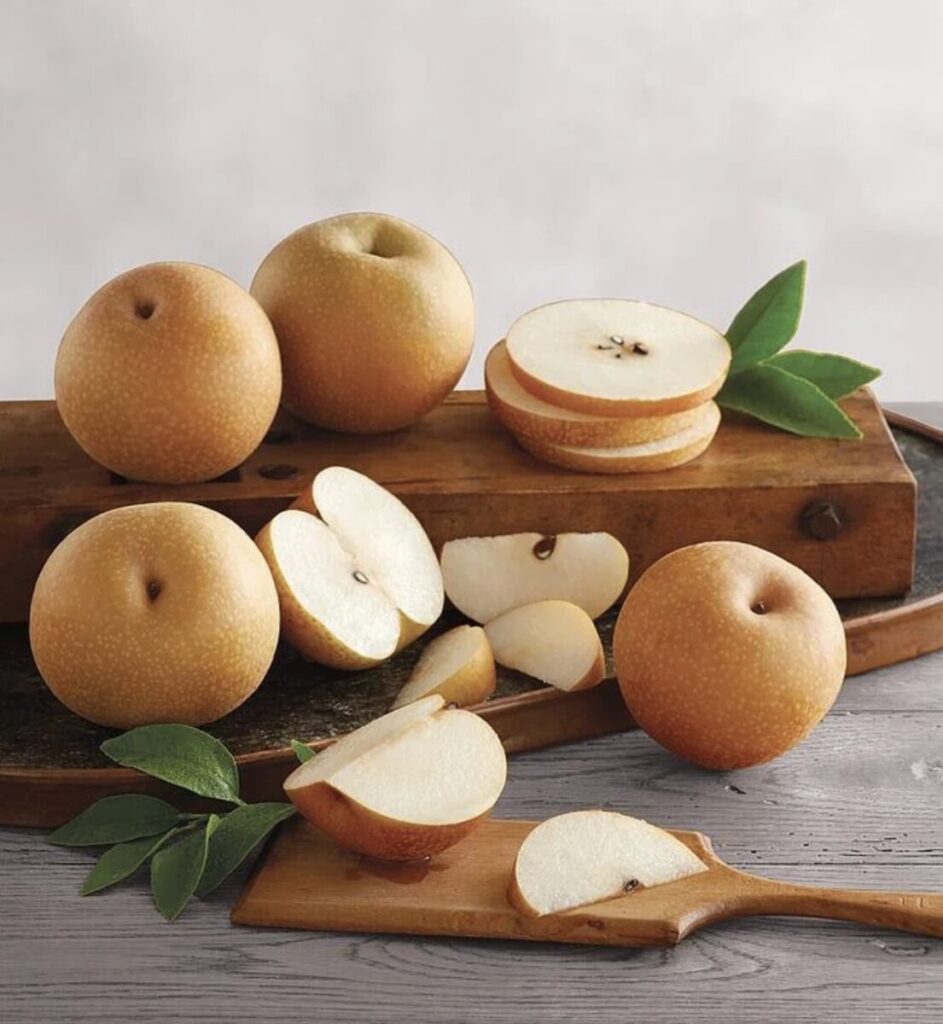Well, the greenmarket we went to was located in 103rd St Roosevelt Avenue on a Friday, around 12:00pm. “We?”, Yes “we”, I asked my friend if he can come with me to see what this is and let me tell you, it wasn’t what I had in mind. I expect a greenhouse for some reason, but it ended up being those little houses and vegetables underneath them. You would see lots of greens and other colors too, even vegetables with different colors rather than their usual original colors. For example, purple carrots and purple potatoes, I don’t know about you but that to me was new to see. Based on sophisticatedgourmet.com, the carrots, apples, beets, onions, peppers, and so much more, was in season, which explains why I saw most of what’s on the list, at the greenmarket. I forgot to mention, there was about maybe 2 stands just for apples. Apples that were green, red, and mixed between yellow-ish orange. There was even some drink called Apple Cider, which we bought a pint of. The taste was pretty much Apple Juice, but it was more organic, if that makes sense. I was familiar with mostly everything there but just the newly colored vegetables that I mentioned before. The prices seemed reasonable, with it being fresh and all. As in, it wasn’t packaged in a plastic bag but brought in by a box, “what’s the difference?” I’m not sure but when I worked in a market, distributing produce, the ones from the box seemed better and real, rather than going to get something fast and simple in a supermarket. The whole thing was great and something I would look forward to go to when buying produce for some recipe. One thing I loved was the Apple Cider, even though I never tried it, it was good and really fresh, like if you can taste the skin of the apple.
Also, I’ll be using Peppers as a vegetable I will be focusing on, it’s just something about the different colors and how it’s used it almost most Spanish dishes for flavor. By the way, I mean all peppers, meaning from Bell Peppers to Chili Peppers. There’s not much in the brochure but when searching online “where do peppers come from?”, the results that come up is Tropical America. The fact that you may see it diced or strips, sometimes used in a dip, or even charred if you want to, I think peppers deserve a little bit of recognition in this culinary game.






